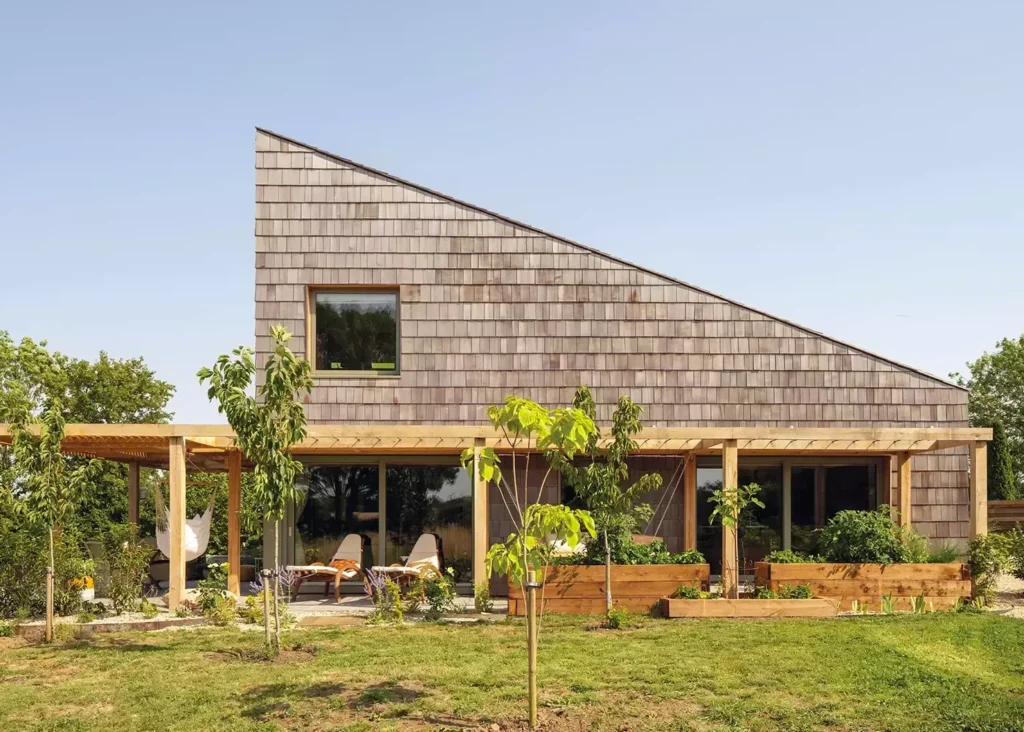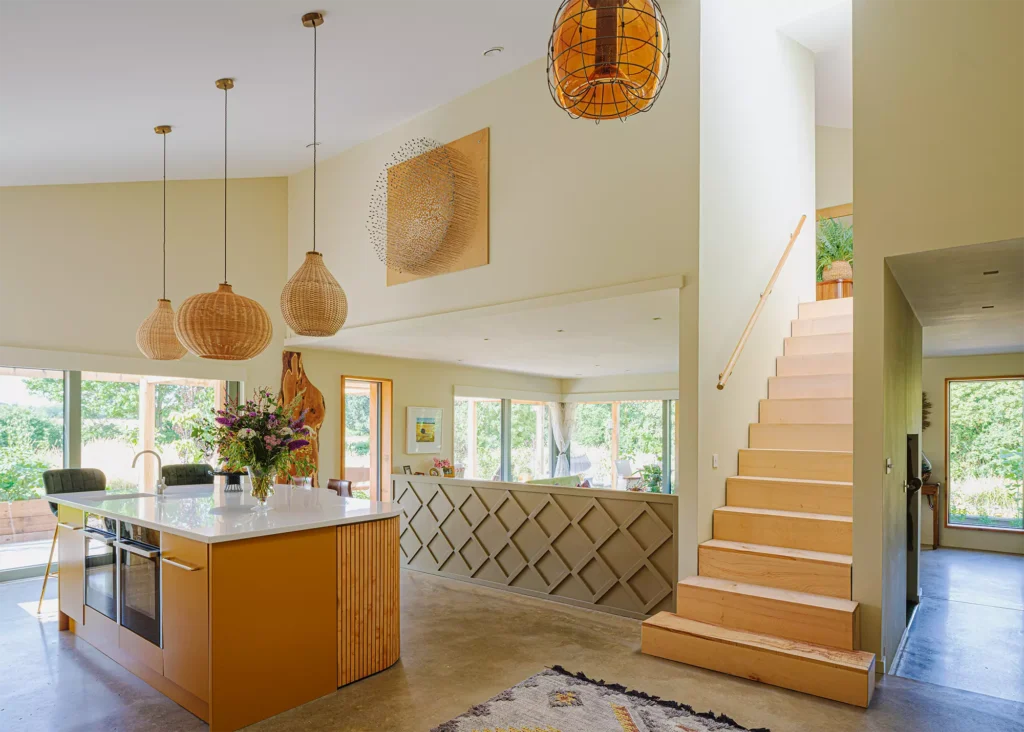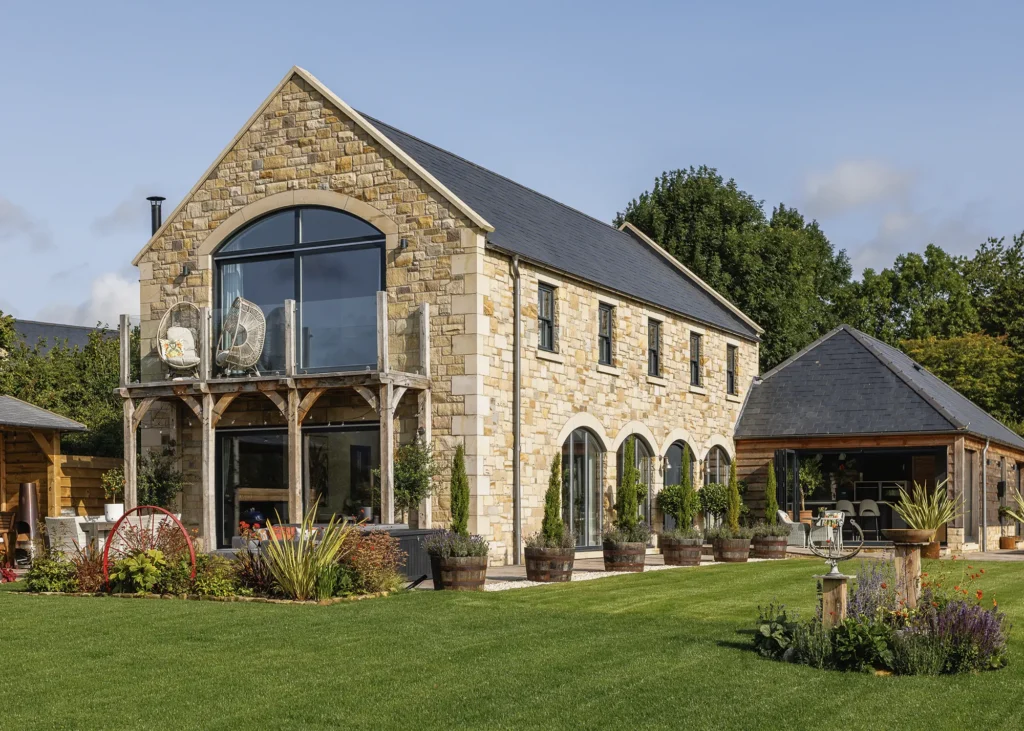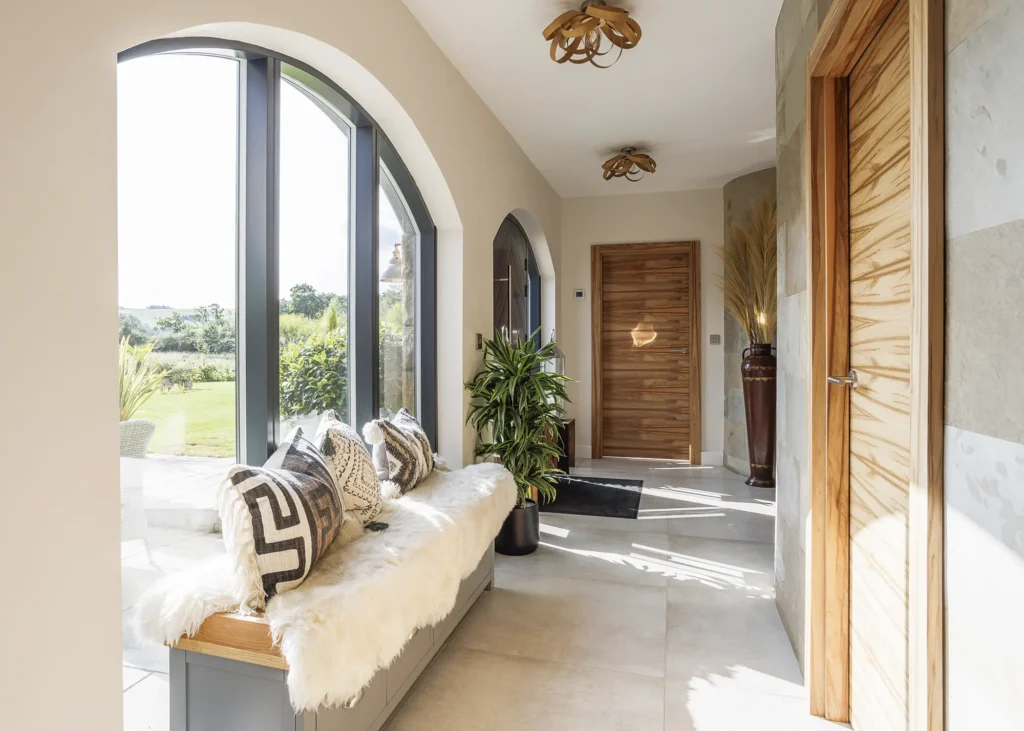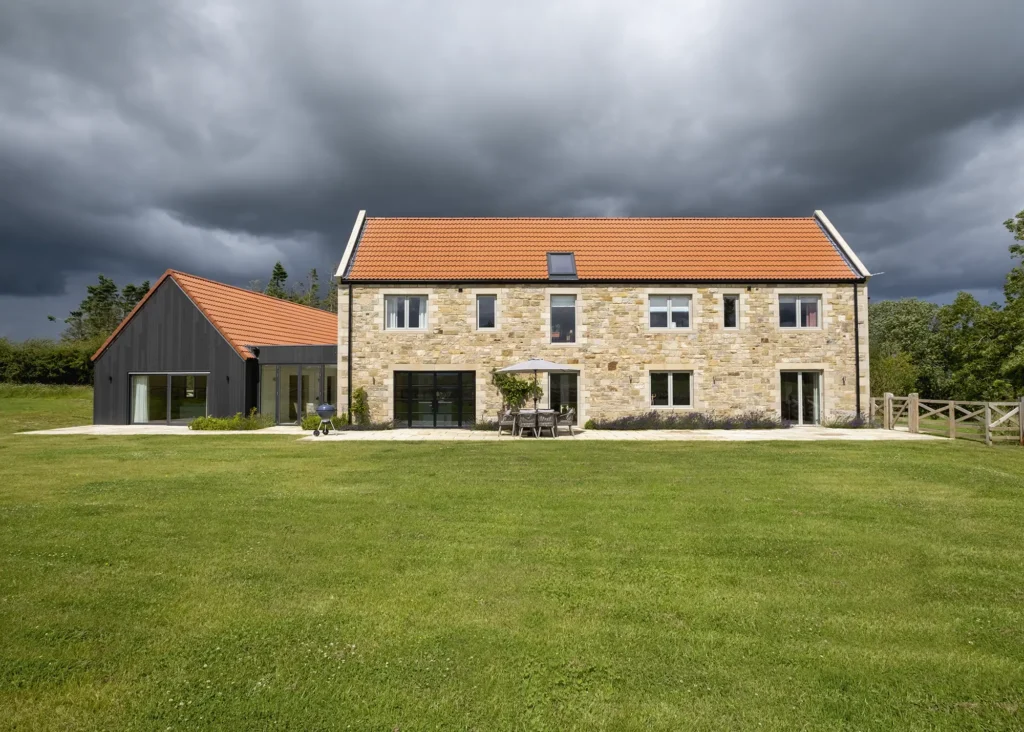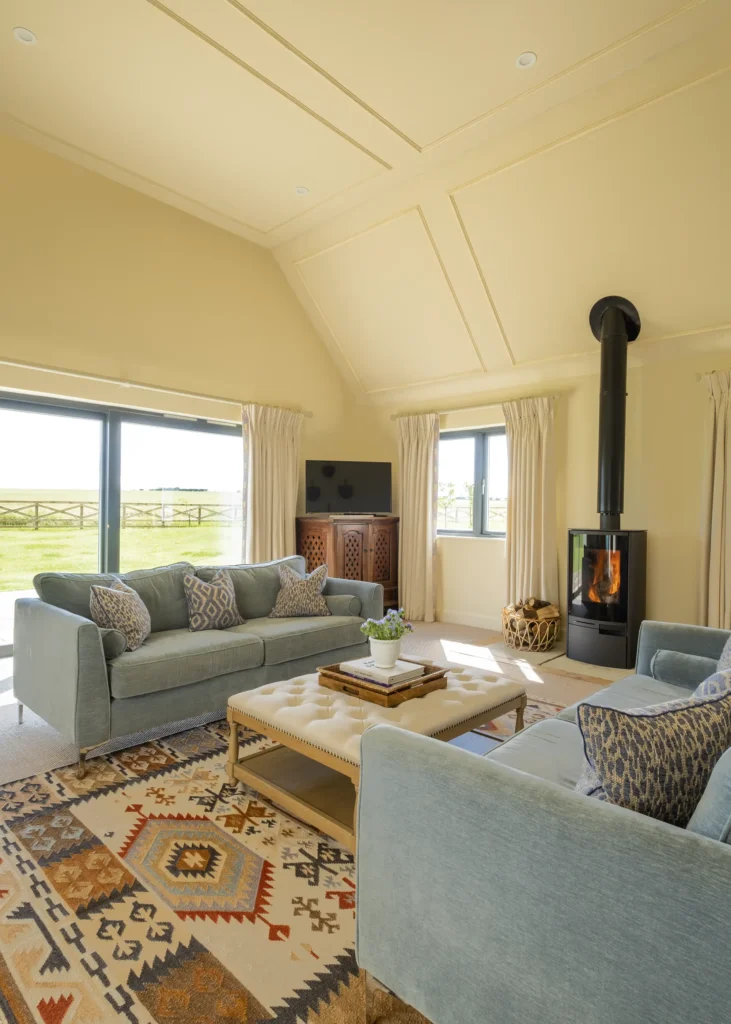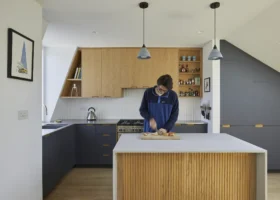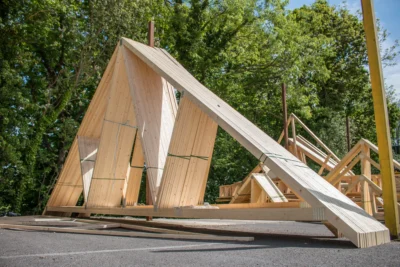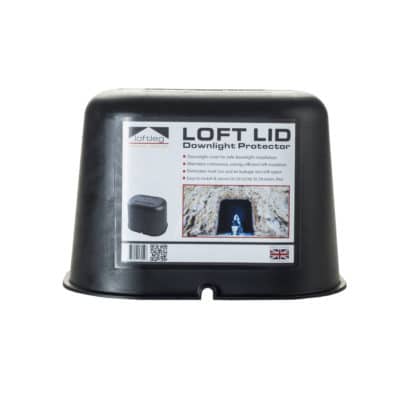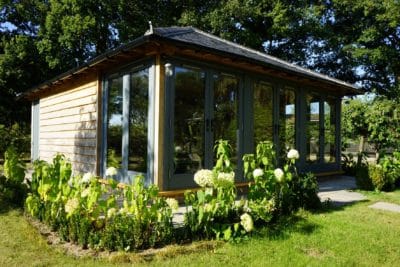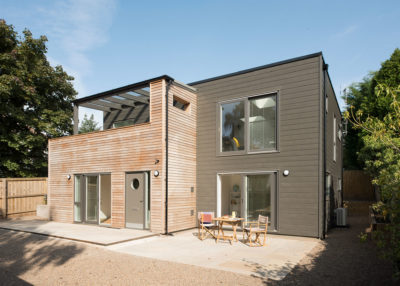10 Ways to Stay on Budget When Building a Timber Frame Home
Timber frame is a modern construction system that’s widely popular for those looking to construct a bespoke new house. It is sympathetic, renewable and beautiful – and it has the ability to deliver a warm, sustainable and truly efficient living environment.
A 2022 survey conducted by the National Custom and Self Build Association (NaCSBA) revealed that timber frame accounts for 31.8% of self build projects. That puts it just behind masonry (35.2%) and the gap looks to be closing every year as more timber frame projects are being commissioned and built throughout the UK.
Timber frame is an ideal system for supply-and-erect packages, where one company delivers your home’s structural kit and assembles it for you on site. Open and closed panel timber frames are most common – the difference being the level of prefabrication done in the factory. The former arrives to site without insulation (though it may be supplied as part of the package), while closed panel systems are insulated and sometimes complete with windows, services and cladding before arriving to site.
A big plus of having these large timber frame elements created off-site is the quality and cost guarantee. So, how can you ensure your project is delivered on budget? Here I’m taking a look at the ten different factors to consider to give you the best chance of success.
1. Think Carefully About Design Routes
Some timber frame manufacturers offer architectural services, with varying degrees of flexibility. It can be a tempting option. They’ll know their system inside and out, plus it’s often very well priced. So, it will suit those of you who have already decided on a supplier based on their reputation, location etc.
One of the best ways to save could be to engage separate architectural services in design, planning and Building Regulations phases.
Doing things this way will enable you to search the market when you are ready. It also means you will not be obliged to hire a timber frame manufacturer because they’ve provided the initial design services. Copyright usually vests with the designer, too, so there could be restrictions should want to go elsewhere at a later stage.
Considering Different Build Systems?Once you have a plot, the next key decision is which build route is best for your project. Timber frame, ICF, brick, masonry, hemp, SIPs, CLT or steel frame? All have their benefits and downsides. At Build It Live you can speak to experts representing each of the main build systems, so you can choose the best option for you. Watch live presentations and get your questions answered on topics such as:
Build It Live takes place three times a year in Kent, Oxfordshire and Exeter. The next show will be on 8th and 9th June 2024, in Bicester, Oxfordshire. Claim a pair of free tickets today and start planning your visit. |
2. Show Key Dimensions on Drawings
A common mistake with prefabricated timber frame projects can be a disconnect between the factory-made superstructure and the foundations constructed in-situ.
To avoid communication breakdown, your designer should identify the external wall dimensions on the approved planning drawings (including floorplans and elevations).
This will inform the developed technical drawings. The ground floor plan is key, as this represents the footprint of the house and the setting out positions of the frame, cavity and the external cladding materials.
One thing that commonly causes errors in the timber frame construction process is the use of a brick plinth externally. This will widen the footprint of the wall and affect where it sits on the foundation. So, keep control and – if you’re using an external designer – supply this information to the timber frame company with good, clear drawings as part of your brief.
Read More: Timber Frame: Pros & Cons of Building a House with Timber Systems
CASE STUDY Bespoke timber frame buildFind out how Frame Technologies took this family’s idea for an ultra-efficient dwelling and turned it into a reality.
When Steve and Suzanne Richardson moved back to the UK after living in the south of France, they had a struggle finding any low energy properties on the market. “We only wanted enough space to live comfortably, plus a big garden with countryside views.” So, the pair soon switched their strategy and turned their attention to building plots instead. After finding the perfect plot in the Suffolk countryside, the couple enlisted Cocoon Architects to bring their design ideas to life, and Frame Technologies to erect their efficient timber frame shell. The couple chose Frame Technologies’ Tech Vantage T system, which comprises two 90mm studs sandwiched with glass wool insulation for ultimate efficiency. The entirety of the house is clad in cedar shingles, which were imported from Canada and laid by Suzanne and her brother, John. The triple-glazed windows and sliding glass doors play a vital role in harnessing the sun’s free heat to warm the house, without allowing heat to escape from within. |
3. Get the Window & Door Details Right
It’s important that the apertures for all your home’s fenestration are clearly identified on the approved planning drawings. This should include the structural opening size required within the timber frame panels and their specific locations (such as how high they sit above finished floor level and where they are in relation to other internal walls).
This is your opportunity to get the position of the windows and doors exactly as you want in each room. Make sure there’s no ambiguity for the frame manufacturer. The window and door supplier will then size its windows specifically to the structural openings created.
Unless you’re buying the units as part of a package with the house shell, you’ll need to agree fixing, insulation and weathering details within panels and/or cavities with the fenestration supplier. There are no standard details here, so clarity is vital.
4. Work to Standard Timber Sizes
To keep costs competitive, manufacturers will want to use off-the-shelf materials. Some will stock CLS (Canadian lumber standard) sectional sizes using 38mm x 140mm studs; others will prefer Northern European timber, which is usually graded to a TR26 standard and comes in stud sizes of 46mm x 147mm.
All timber used in panelised frame manufacture is graded to minimum strength standards to qualify. You are probably best leaving the manufacturer to decide which type is most appropriate to deliver your specific design.
This way they can keep their costs as tight as possible without having to stock something special for you. The best way to achieve this is to ensure your designer regularly works with timber frame systems as they’ll have in-depth experience and know what’s best.
More Ideas: 35 of the Best Timber Frame Houses in the UK
5. Ask for Frame-Only Costs as Part of Manufacturers’ Quotes
Securing a price for the core structural frame can allow you to make comparisons more easily between suppliers, giving you the ability to choose which timber frame manufacturer you want to go with.
A timber frame-only package will typically include:
- Sole plates and any holding down strap details.
- External wall panels for all main above-ground storeys.
- Internal loadbearing walls (including noggins and braces).
- All beams (including any steel) for structural openings.
- Intermediate floor structures, including weatherproof (also known as storm proof) decking.
- The roof structure (trusses, rafters, valley boards, braces).
- Barge and fascia boards (but not soffits), roofing membrane and enough battens to secure this in position.
- Ironmongery (hangers, clips, braces, straps), nails/ screws and fixings for all of the above.
This is your basic, no-frills timber frame, which – when erected – will be structurally sound and weathertight (pending window and door openings being temporarily sheeted). On top of this, you might be able to add a variety of services.
These range from insulation (which should be included if you opt for a closed panel frame) through to supply-and-fit (scroll down to see point 7) and possibly other follow-on options, such as additional joinery (point 9) or project management deeper into the build.
CASE STUDY Barn-style timber frame homeFind out how Potton helped this family turn their project ideas into a light-filled, charming timber frame property.
Rod and Trudy Molyneux had been unsuccessfully searching for a new home and hadn’t thought about building their own property, until a self build plot in the beautiful Northumbrian countryside caught their eye. The plot already had planning permission and CGIs showing the finished house, complete with its five large arched windows. Rod had originally planned a masonry build because of the arches and curved interior walls in the home’s design. However, after speaking with Potton, he changed his mind, as he was shown that these details could be created with a timber frame. Rod decided to take on the role of project manager, guided by Potton’s expertise. The couple attended many of the company’s online tutorials and watched videos to increase their self build knowledge. The completed house is based on a traditional Northumbrian barn design and is everything they had wished for. “I’m still in awe of how beautiful it looks,” says Trudy. Rod agrees: “I would encourage anybody to self build. We couldn’t find the house we wanted, so we built it!” |
6. Ensure the Manufacturer is Responsible for the Frame Design
As part of the supply quotation, you’ll be expecting your manufacturer to take responsibility for the detailed design of the structural frame.
Yes, you’ve supplied the planning drawings, external dimensions and window and door requirements – but thereafter, the frame provider needs to size the timber components to match your plans. Your manufacturer should therefore have a resident or retained structural engineer who is used to its systems.
As part of this, the engineer will specify details like the type of nails (and their frequency of use), as well as any special connection details required, along with the sectional sizes of all the timber to be used.
At the end of this process they will have produced very clear fabrication instructions, all of which are wrapped up under the umbrella of a design certification.
The only deviation from this might be engineered floor joists and roof trusses, which some firms might then outsource to another specialist. An engineer will complete these elements using a computer model, which churns out the design calculations.
Building control will expect to be provided with the design certificate for your frame and any calculations for the joists and trusses. This should all be included within the overall fee you agree with your timber frame supplier.
More Advice: Building a New House: What Kind of Home Can You Build for Your Budget?
7. Get a Price for Timber Supply & Erection
It’s always a good idea to ask for a complete price for the supply and erection of your frame. Timber frame panels are large, heavy components – and health and safety requires mechanisation to assist with lifting them into place. Cranes and other temporary plant are expensive, so the process needs to be slick and efficient to minimise the need for this on site.
Fall arrest equipment should also be on site, as well as straps and harnesses for the crew’s individual safety.
Most self builders will go down this shell supply and erection route for their schemes, so that there’s one point of contact for the assembly of all the delivered components.
At the end of the process, the company should leave the site clean and tidy. It is expected that waste should either be collected in one pile or disposed of via skips. This gives you a clean slate for your own trades to crack on with the rest of the project.
8. Insist on a Formal Handover Meeting
You should always have a formal meeting with your structural frame provider at the end of the shell erection process to ensure that everyone is up to date with the project.
The crew undertaking the work might be in-house, but the work is often outsourced. The team will appear, assemble the building and then leave – so you need to be certain they’ve completed 100% of the work.
It’s not unheard of for sub-contractors to do 95% of the work. The sometimes head off on the proviso that someone else will come in to snag the last few items.
To ensure you get the right result, you’ll need someone from the fabrication company to come on site, approve their sub-contractor’s work, identify any snagging items and get these completed forthwith.
Learn More: The Complete Self Builder’s Guide to Snagging Snagging Checklist
CASE STUDY Traditional-style timber frame houseTake a look at how Fleming Homes turned Arthur and Lydia Achard‘s dream for a bespoke dwelling into a reality.
When Lydia, her husband Arthur and the couple’s two children started to outgrow their modern townhouse in Alnwick, the pair began seeking out opportunities to put down roots elsewhere. The Achards were primarily interested in properties in the north of Northumberland, but thought self building was going to be out of their budget. However, in 2018, a rundown former mill came up for sale and the couple recognised the land’s self build potential. Planning permission had already been granted to redevelop the site with a new home, but this still required some back and forth with planners until their final design was accepted. Designed by Giles Arthur Architects, the house comprises two wings; the first a two-storey structure clad in stone reclaimed from the demolition of the original mill. This connects to an L-shaped timber-clad wing via a glazed link. Fleming Homes provided the timber frame kit, insulation, windows, doors and joinery. “The best trade we had on site were the joiners – a company called Arc Construction, who had been employed by Fleming Homes,” says Arthur. “They did the plaster boarding while I did all the jointing and taping – they were fantastic craftsmen and cheerful guys. It was a pleasure working with them.” The staircase was provided as part of the timber frame kit, too. |
9. Ask for Separate Quotations for Ancillary Materials
Most timber frame manufacturers will be keen to offer prices for additional materials you may need for your project, which are not included in their standard erection process.
These extras might include non-loadbearing partition walls, plasterboard, insulation and joinery items such as staircases, internal doors and windows. Many suppliers have great supply chains and will have negotiated powerful discounts, so their offer could be an attractive proposition.
If you’re aiming to keep costs down, the important thing is to ensure that you have clear visibility on the individual prices of these components. Ensure that you really understand each cost and that they’re not all bundled together under one overall fee.
10. Consider Alternative Framing Routes
Standard timber frame is a versatile and cost-effective option in many cases, but it’s not right for every project. For sites that have very difficult access, for instance, a stick build could be more appropriate.
Here you need two things: first, excellent fabrication drawings showing each timber frame wall broken down into a series of fully-dimensioned panels. This produces a cutting list, so studs and noggins can be pre-sized to make the process quicker.
The second is an excellent carpenter: someone who can read drawings properly; has a logical, practical and efficient approach; and who might relish the challenge of literally fabricating the house on site. It’s a refined skill and wonderful to see in operation, but it won’t be a quick build.
At the other end of the spectrum, you could look at highly-prefabricated options such as systems where the whole external wall (including fenestration, render etc) is factory-made – or even a volumetric (modular) build.
This can be a great choice if you need a super-quick build, perhaps in snowy climates where there are only short windows for construction, or where you’d need to agree road closures near a school. Although superbly efficient, this option is likely to come at a premium compared to conventional costs for projects without such restrictions.
Learn More: Prefab Homes: What Are the Benefits of a Prefabricated Self Build?
Featured image: Alan and Nicola Burton self built a brand new three-storey timber frame dwelling with the help of a Potton pre-insulated structure. The timber frame cost them a total of £77,500 with the whole project coming in at £517,920 (including land).
































































































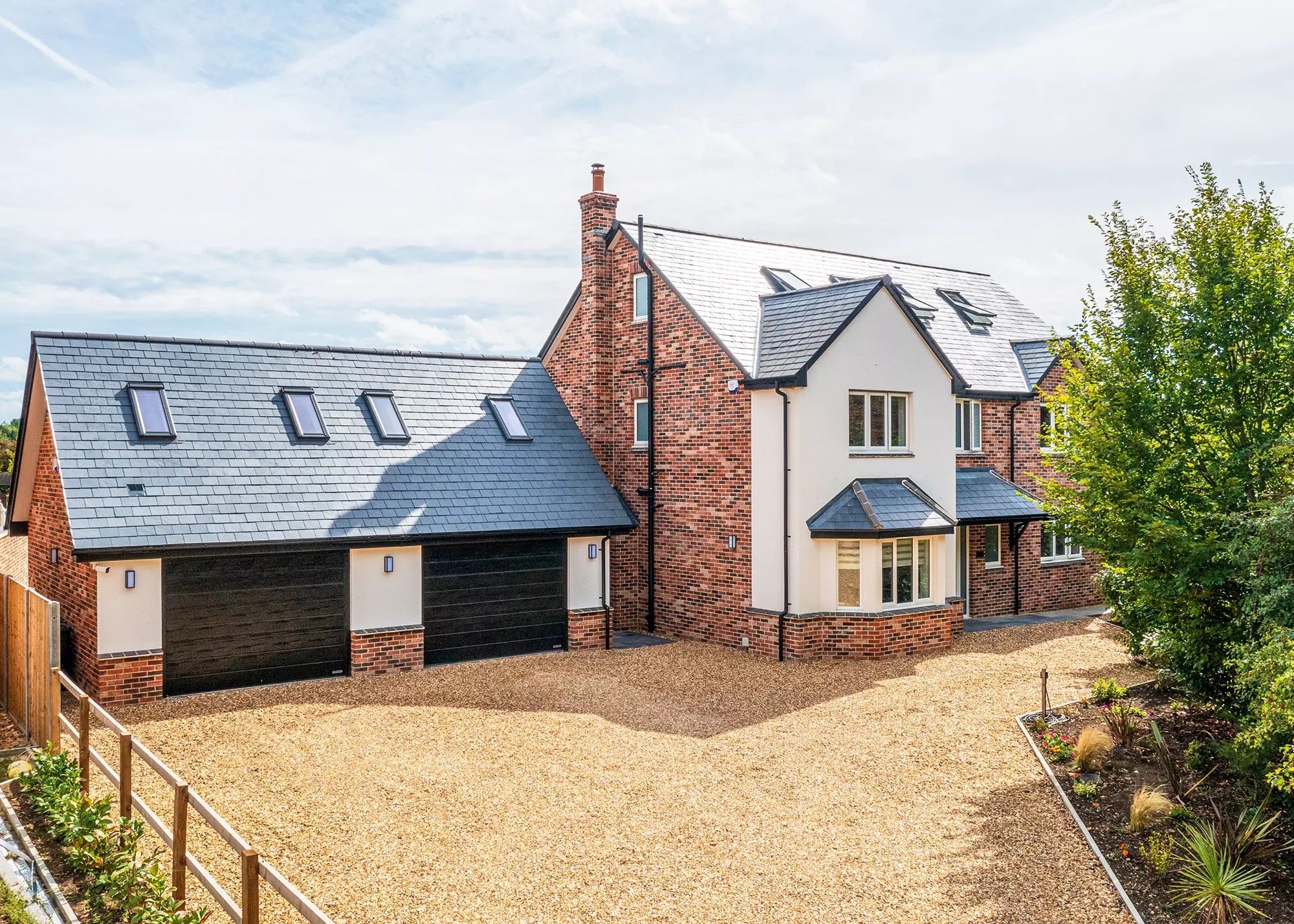
 Login/register to save Article for later
Login/register to save Article for later

